Member of the Provincial Standing Committee, Head of the Provincial Party Committee's Propaganda Department Vu Tien Dien; Member of the Provincial Party Committee, Secretary of Phuoc Long Town Party Committee Huynh Thi Thuy Trang chaired the workshop.





Phuoc Long City Party Secretary Huynh Thi Thuy Trang hopes that through the workshop, we will continue to listen to the opinions of generals, officers, veterans, scientists , especially historical witnesses who directly participated in fighting and serving in combat at the Phuoc Long battlefield in the past. From there, we will continue to clarify and affirm the historical significance and strategic stature of the victory of the Road 14-Phuoc Long Campaign, leaving many valuable lessons to apply in the war to protect the Fatherland in the current period. At the same time, we will spread the great values, indomitable spirit, and resilience of the cadres, soldiers, and people who participated in fighting and serving in combat in the Road 14-Phuoc Long Campaign.


Phuoc Long is a mountainous area, adjacent to the South Central Coast and the liberated areas of Loc Ninh and Bu Dop; it is the gateway and springboard for attacking Saigon from the North; it is the end of the Ho Chi Minh trail - the place to receive human and material resources from the great rear for the Southern battlefield. From the special features of its geographical location, it is affirmed that Phuoc Long is an important strategic military area.
During the entire process of leading the revolution, especially after 1973, the Regional Command and the Binh Phuoc Provincial Party Committee focused on directing the localities, both stepping up anti-encroachment activities to expand the liberated areas, and especially making special efforts to build and consolidate the revolutionary base areas. By the end of 1974, the liberated areas in Phuoc Long were firmly consolidated, the temporarily occupied areas no longer had white bases, there were party cells everywhere; mass organizations were established. Right within the enemy ranks, we had organized a number of internal bases and provided us with much important information. The concentrated forces of the province, district, working groups, and guerrillas of the communes closely followed the battlefield.
To prepare for the opening of the Route 14 - Phuoc Long Campaign, the Central Bureau and the Regional Military Commission assigned the Binh Phuoc Party Committee to prepare the battlefield, promote three-pronged operations to hold back, wear down, and destroy the enemy's forces on the spot, creating a position for the masses to rise up. For the base area, Phuoc Long had the task of preparing food and logistics on the spot, as well as preparing a foothold for the main force units to launch an attack to destroy the enemy. The Binh Phuoc Provincial Party Committee coordinated with the 4th Army Corps to urgently prepare all aspects for the campaign, and passed the resolution to the Central Bureau and the Regional Military Commission.
In December 1974, the Central Bureau and the Military Commission of the Region assigned the Binh Phuoc army and people to use local troops to attack and completely destroy the exiled Bu Dop military sub-region, Duc Phong military sub-region and Bu Na stronghold in order to cut off and isolate Phuoc Long from surrounding areas, then coordinate with the main force to attack and liberate Phuoc Long. Receiving the above task, the Provincial Party Committee quickly established a Forward Command Committee with comrade Do Van Nuong (Tu Nguyen) - Secretary of the Provincial Party Committee as Political Commissar, comrade Le Hung - Provincial Military Commander as Commander to directly command this attack.
The Route 14 - Phuoc Long campaign was conducted by the 4th Army Corps, the province's armed forces participating in the campaign included all units of the province and districts. Forces of Bu Dang, Dong Xoai. Concentrated units of the province included Battalion 208, two special forces companies U11 and U13, Combat Support Company 14, Engineer Platoon, Infantry Company 54, two infantry companies of Bu Dop and Phuoc Binh.
On the night of December 12, 1974, while the main units were secretly marching towards Bu Dang - Highway 14, the provincial units including Battalion 208, U11 and U13 special forces units simultaneously opened fire to destroy the "Bu Dop exile" sub-region. We both occupied the battlefield, swept the surrounding enemy, and used diversionary tactics to lure the enemy to create conditions for the main troops to focus on the main attack directions. Meanwhile, on December 14, 1974, in the direction of Bu Dang - Highway 14, the main units together with local forces attacked and liberated the Duc Phong military sub-region. In the following days, we continued to liberate the section of Highway 14 from Duc Phong to the Bu Na key area, attacked and threatened Dong Xoai, liberated the vast Southeast Phuoc Long area with more than 14,000 people, and destroyed the southern defense line.
On December 17, 1974, the enemy sent 2 battalions to retake the "Bu Dop exile" sub-region. Our forces fought fiercely with the enemy. By December 22, we completely controlled the battlefield and destroyed the Thac Mo, Phuoc Qua, Phuoc Tin, Phuoc Loc posts... After the battle, the Binh Phuoc Provincial Party Committee established the Ba Ra Battalion.
On December 26, 1974, we opened fire to attack the Dong Xoai military district. At exactly 5:00 a.m., our troops opened fire and attacked, and by 8:35 a.m. we had taken control of the district. Our troops continued to pursue the enemy for 3:00 p.m. the same day and completely took control of the Dong Xoai area. Dong Xoai fell, and Phuoc Long was surrounded and isolated.
Faced with that situation, the enemy 3rd Corps Command and Phuoc Long sub-region determined the defense position as a "tripod" consisting of Phuoc Long, Ba Ra Mountain and Phuoc Binh sub-region. This defense line was located on an area of 10 square kilometers with 3 basic defense lines: the belt line, the main resistance line and the death line. Phuoc Binh sub-region and Phuoc Binh airport were two important strongholds of Phuoc Long; Ba Ra Mountain, stationed by a company of the security battalion, was the "divine eye" that covered the town and surrounding areas. In addition, the enemy also organized blocking units on two directions: Highway 311 (Phuoc Yen, Phuoc Son, Phuoc Vinh) and Highway 309 (Phuoc Loc, Thac Mo, Tu Hien 1, 2) to prevent our troops from attacking the town. They also established a dense system of military posts and strategic hamlets in Son Giang, Suoi Dung bridge, Nhon Hoa, An Luong, Tu Lap... to defend the outer perimeter. Inside the town, the enemy's last defensive center had many military positions and many obstacles forming an extremely solid defensive base.
Although the enemy's defense force was large, their morale was confused and weak. Right from the first days of the campaign, we fired artillery into the town, destroying some fortifications, paralyzing the communication system, causing confusion and chaos among the puppet soldiers and officers. Grasping that situation, the Military Commission and the Regional Command were determined to liberate the entire Phuoc Long province.
In the last days of December 1974, the armed forces of Binh Phuoc continuously launched attacks on the enemy from all directions. At dawn on December 31, 1974, the decisive battle to liberate Phuoc Long province began. Our artillery fired heavily at Phuoc Binh military sub-region, Phuoc Binh airport and Ba Ra mountain. After that, the main force and local armed forces simultaneously opened fire and attacked Phuoc Binh military sub-region and Ba Ra mountain. The fierce battle between us and the enemy lasted all day. By the evening of December 31, our forces continuously attacked, tightening the siege on the remaining enemy targets in Phuoc Long.
On the morning of January 1, 1975, our army with two forces from Thac Mo and Phuoc Qua with artillery support penetrated deeply to attack the fortified positions of Suoi Dung and Tu Hien bridges. The army of the 7th Division units captured the strategic hamlets of Son Ha, Nhon Hoa 1 and 2. Another army captured An Long and Van Kiep posts. The outer shell of the town including the system of strategic hamlets and posts had been penetrated by our army. At this time, our army's encirclement was gradually tightening. The main fortified positions of the enemy were almost paralyzed, no longer able to fight back.
On January 2, 1975, a main force unit of ours attacked the northwest position of Phuoc Binh airport and the surrounding strategic hamlets, occupying the battlefield. On January 3, our forces continued to break through the southern defense line of the town, sending forces to break into the market, stadium, bus station... to destroy the enemy. The main force units with tanks reinforced the attack on the targets: the provincial governor's palace, the new sub-region, the old sub-region, the administrative building and many areas in the town.
On the morning of January 6, as agreed upon, our troops simultaneously opened fire and attacked from all directions. In the face of our troops' fierce attacks, all targets in the town were eventually destroyed by our troops. At 9:00 a.m. on January 6, our army's victory flag flew on the roof of the "Provincial Governor's Palace". Our troops, guided by the people, continued to hunt down the remaining enemy troops who were hiding. The remaining armed forces continued to open fire and attack and destroy the remaining targets in the town. At 7:00 p.m. on January 6, 1975, Phuoc Long town was completely liberated.





Source: https://binhphuoc.gov.vn/vi/news/hoat-dong-lanh-dao-tinh/tam-voc-chien-luoc-cua-chien-thang-chien-dich-duong-14-phuoc-long-40251.html








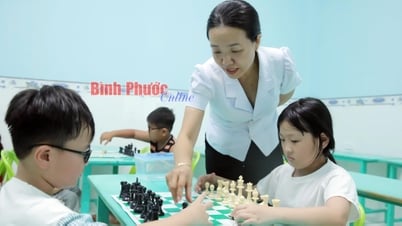

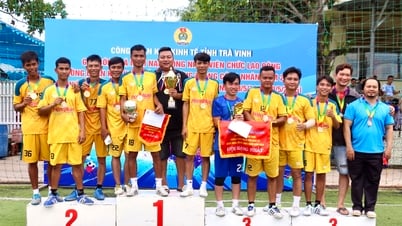
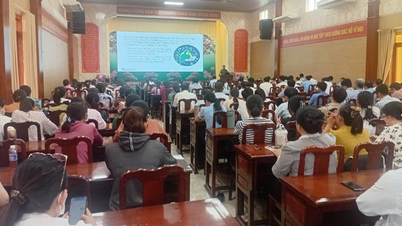
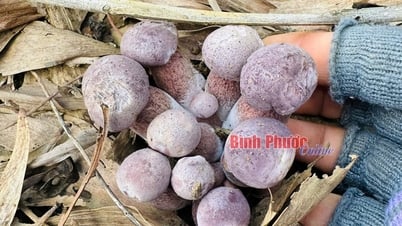
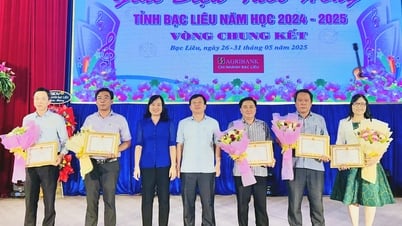





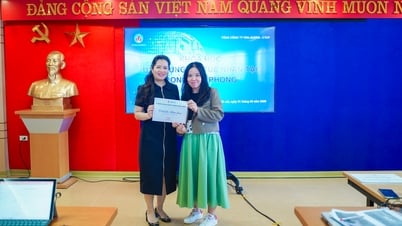































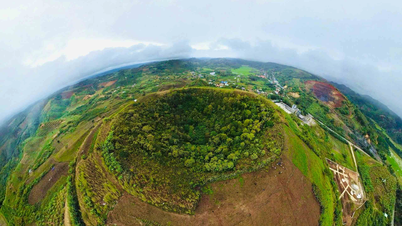
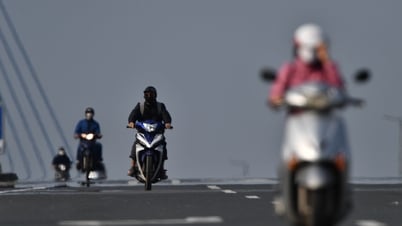
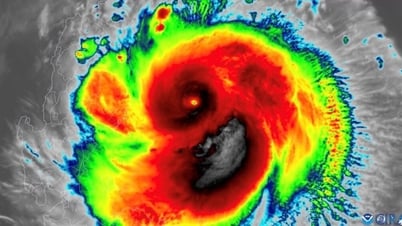

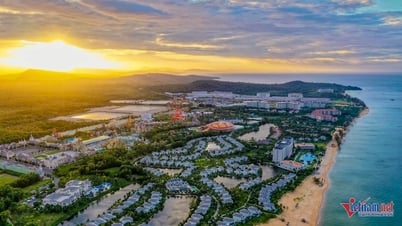

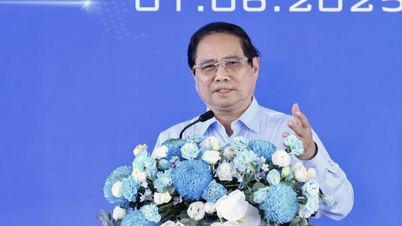

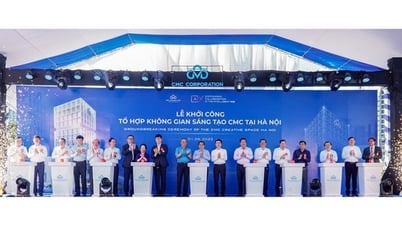

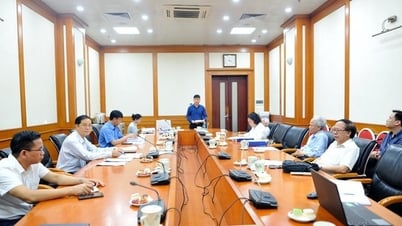








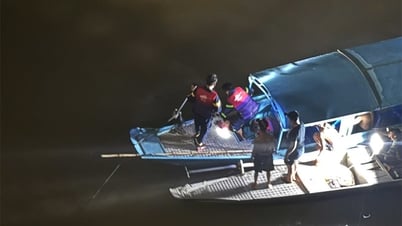

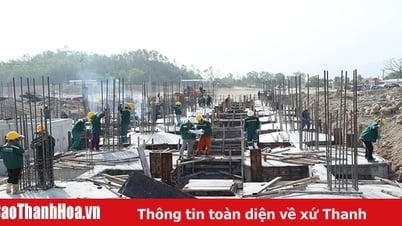

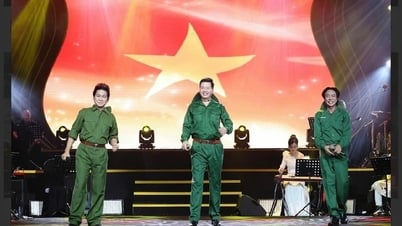
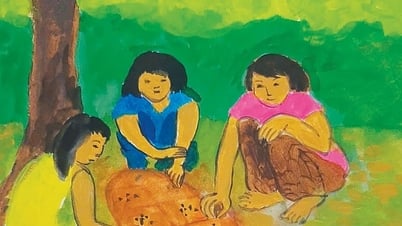

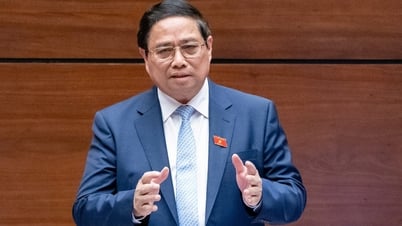












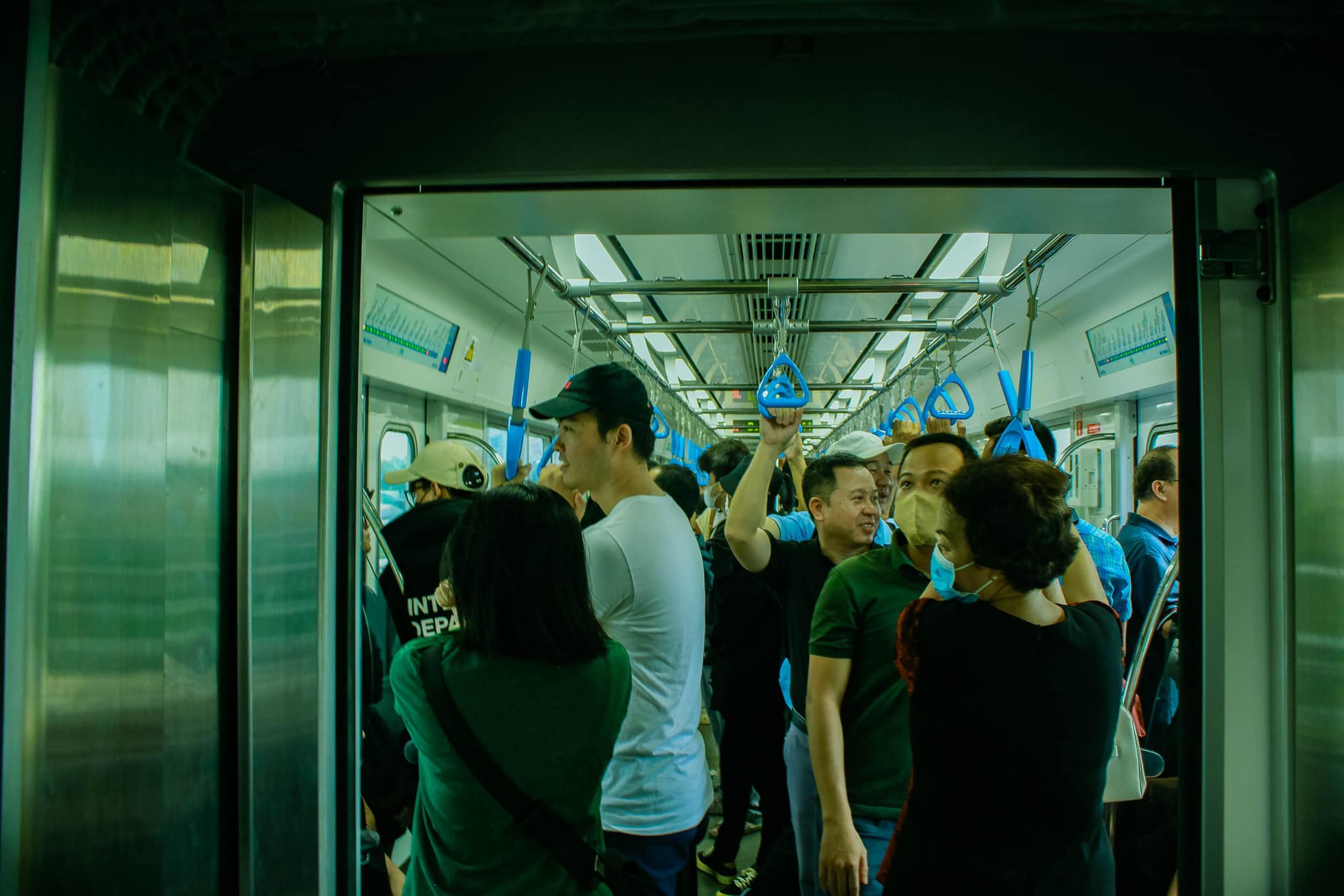



Comment (0)